2019 analysis: How good is the Block II Pakistan JF-17 fighter aircraft today compared to its peers and potential threats?
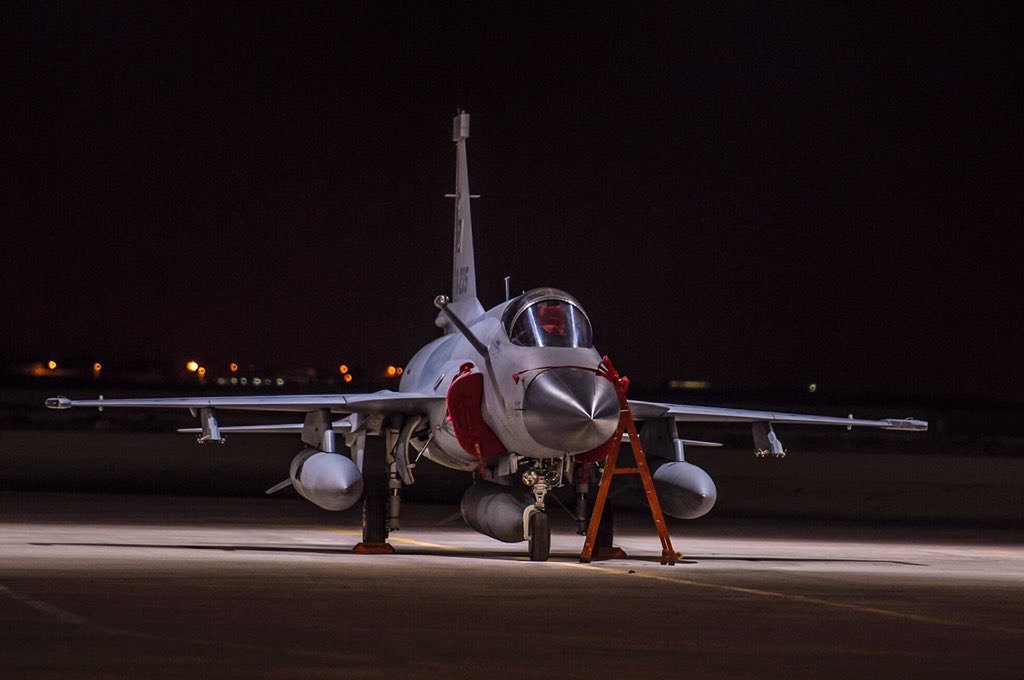
Last year we asked Justin Bronk, from the Royal United Services Institute for his opinion on the capabilities of the JF-17s of the Pakistan Air Force. Since then the aircraft has developed, as have world events, so it seemed timely to return to Justin Bronk for a new look at the subject.
What is the latest block JF-17 and how does it differ from the JF-17 discussed here?
The most modern block in service is the Block II which added aerial refuelling capability as well as recently the addition of the ASELPOD for precision-guided munitions cueing and software and countermeasures improvements. These improvements have increased the operational flexibility of the JF-17 to include longer sorties and multirole engagements with precision-guided munitions but in terms of air combat capabilities, the integration of the PL-12 will be the main enhancement before the Block III comes into service. This standard as reported will add a Helmet Mounted Display/Sight as well as an AESA radar, full glass cockpit and other small improvements.
How does the latest JF-17 compare with the following:
A. MiG-21 Bison
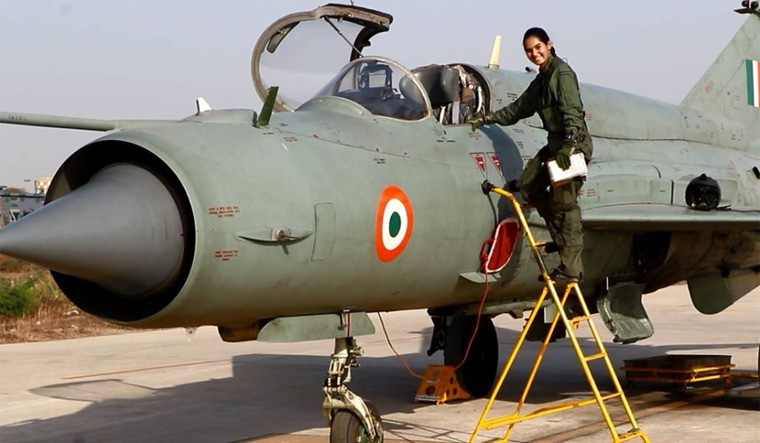
Performance is very similar – at least insofar as there is little of note to choose between the two on kinematics. The JF-17 has a slight edge in sustained turn rate especially at lower speeds but this is of marginal importance given the Bison’s Helmet Mounted Sight and R-73 combination which currently gives the latter a superior chance during a merge over the Block 1 and 2 JF-17. Both have small visual and relatively small radar cross sections.
In terms of weapons, again the picture is similar, with the R-73 and R-77 on one hand being mature and fully integrated into the Indian Bison fleet, whilst the PL-12 when fully integrated should give the JF-17 a significantly more capable long range ‘stick’.
Sensors are also comparable – both will rely heavily on information received from other assets such as ground stations, fighters with larger radar apertures and AWACS.
B. PAF F-16s
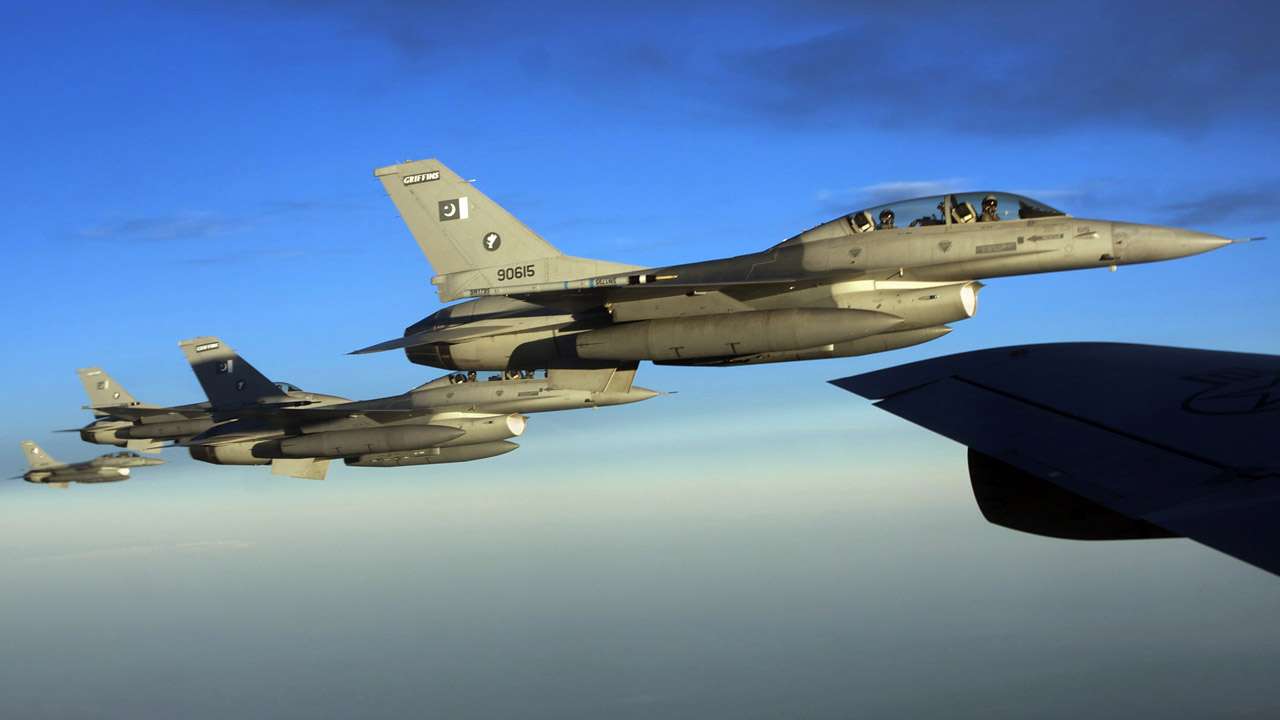
The F-16 Block 52+ is a far superior aircraft in almost all respects besides visual signature and cost. However, with the addition of the PL-12 and ASELPOD, the JF-17 Block 2 is relatively comparable in most respects to the older F-16 Block 15 and MLU models which form the majority of Pakistan’s fleet. However, the F-16 remains a superb dogfighting aircraft, has a larger radar aperture with more power, and has more ‘grunt’ at higher altitudes above 35,000ft than the JF-17.
C. Indian Air Force Mirage 2000

Most of what has been said above about the F-16 MLU applies equally to the IAF’s Mirage 2000s, with the exception of altitude performance, where the large delta wing of the Dassault fighter allows it to operate comfortably at up to 50,000ft where both the JF-17 and even F-16 with their higher wing loadings really start to struggle. The latest IAF upgrade standard, the Mirage 2000-I adds a more capable radar and crucially allows the integration of the MICA missile to replace the older Super 530D, keeping the aircraft roughly at a par with the JF-17/PL-12 combination at longer ranges. However, the Mirage 2000 offers a broader range of ground attack munitions – particularly Israeli SPICE munitions- than are available at present for the JF-17.
D. Sukhoi Su-30

The Su-30 outclasses the JF-17 on almost every metric, but then the two types are not really meant to be comparable. The Flanker is a huge brute with massive thrust, agility, a very powerful radar and high costs. The JF-17 was designed as a cheap and cheerful lightweight fighter to allow Pakistan to operate a large airforce on a limited budget. Arguably the Su-30MKI is a jack of all trades but a master of none despite being fairly capable across the board, and the IAF have had serious support and maintenance issues with their large fleet. A beast of an aircraft comes with a lot of headaches.


Current Tejas
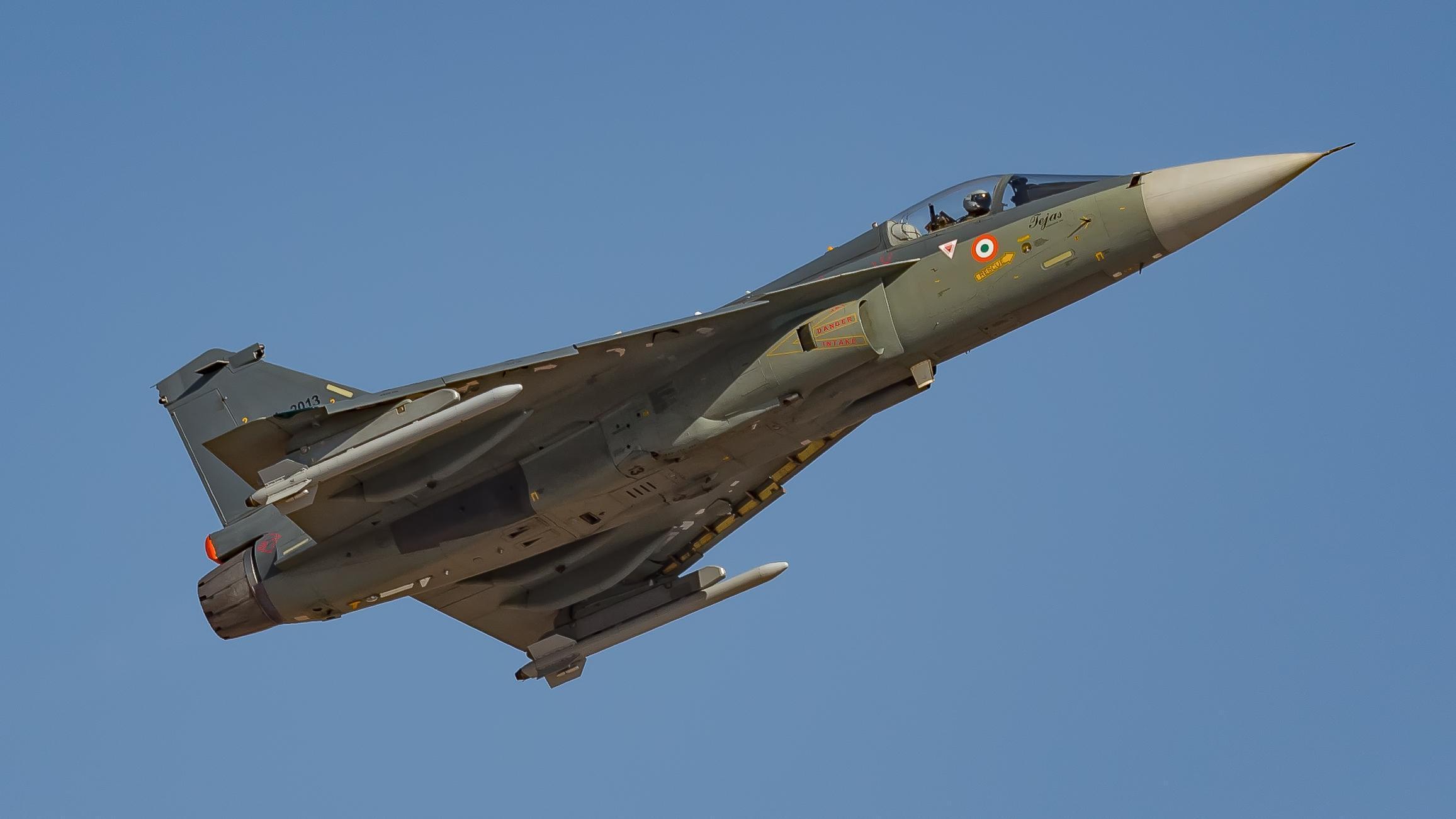
I tend to get a lot of abuse for my views on the Tejas so I’ll be brief. The Tejas programme managers could learn from the JF-17. An absurdly long development programme and high unit costs with serious quality control issues, and all to produce something that is not a great deal better than the MiG-21 Bison it is due to replace.
What is the future for the JF-17?
An AESA radar, HMS and more weapons – possibly even the PL-15 if the airframe can handle it. China has an interest in keeping Indian air power at least partially focused on Pakistan so they have every incentive to help the Pakistani Air Force continue to develop the JF-17, especially if it involves depriving the Americans of F-16 contracts.
Is Pakistan pleased with it?
From the furore on Twitter over the recent skirmish and the supposed role of the JF-17 during that encounter; it would appear so. I have not heard many complaints from Pakistani Air Force officers about the type, but then I haven’t heard glowing praise either. Like I said, it is meant to be a cheap and cheerful lightweight fighter with the flexibility to conduct DCA and strike missions. By those metrics, it is a success.
What are the biggest difficulties facing the JF-17 fleet?
Inflated expectations on the back of the recent encounters. Don’t expect the JF-17 to suddenly become a world-beater. That’s not what it’s built for.
Do ‘top trumps’ articles on weapon systems, such as this one and others online, feed into nationalism and the normalisation of war?
Yes.
What should I have asked you?
That seems pretty comprehensive to me! Let the flaming in the comment section begin!
Sadly, we are way behind our funding targets. This site is entirely funded by donations from people like you. We have no pay wall, adverts (any adverts you see on this page are not from us) or subscription and want to keep it that way– please donate here.
Thank you.
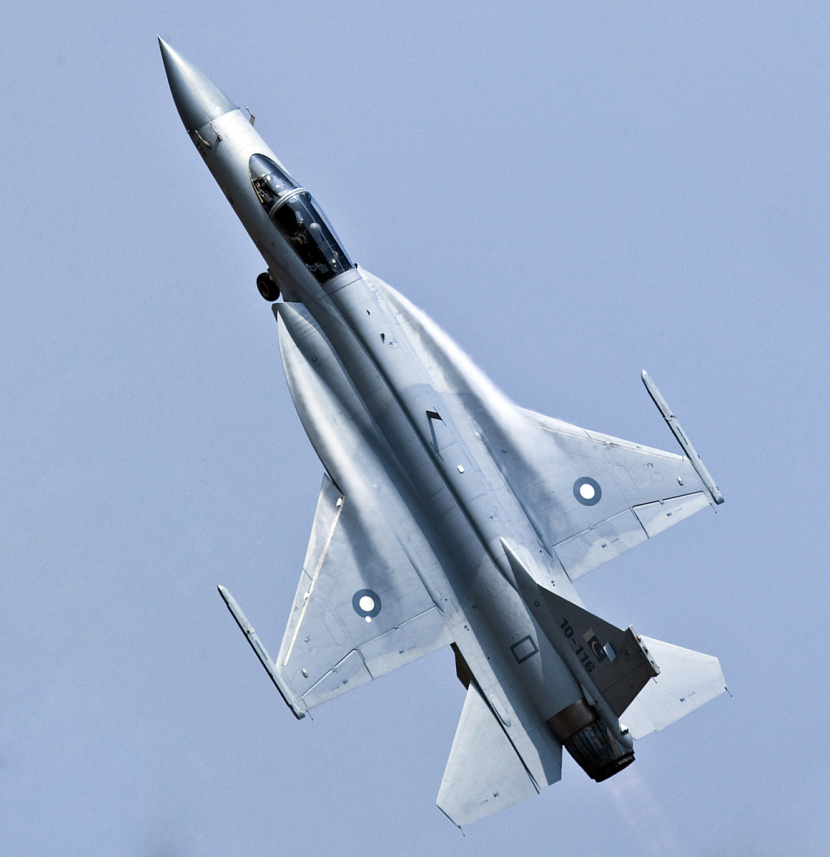

Why don’t you read up sometime about what the actual operators of the Tejas say about it?
This is the current VCAS of the Indian Air Force, just promoted to handle IAF’s WAC (Western Air Command), its predominant area of “hot ops”. The IAF is unlike the PAF, it has enough Su-30s, upgraded 4th generation platforms like the MiG-29, Mirage 2000 & Jaguar & won’t compromise on quality because it’s hobbled with Mirage 3/5s and F-7s with serious limitations, and hence accept a JF-17. Here’s the link from September 2018. So much for claims around quality control.
Here’s the LCA squadron’s performance in the IAF’s in-house Gagan Shakti.
https://salute.co.in/military-modernisation-indian-air-force/
“It must be stated that the LCA Mark 1 and Mark 1A are very good aircraft. We recently conducted a major exercise called Gagan Shakti, and the LCA performed remarkably well. The best range scores and the best weapon delivery emerged from the nine LCAs we had fielded, which really worked wonders. This gives me the confidence to state that the LCA will see us through the next 20 years, if not more, in technological capability terms.
The first squadron of the LCA, 45 Squadron, also called the ‘Flying Daggers,’ has recently shifted from Bangalore, where they were being looked after by HAL to Sulur. They are now operating in a more operational scenario and are being put through the full spectrum of air operations as envisaged by the IAF.”
And here’s what Birender Singh Dhanoa then said about the Tejas after its outing in Vayu Shakti, which was held in Feb 2019, after Gagan Shakti last year.
“Calling the LCA Tejas’s FOC aircraft a “major milestone”, Air Marshal BS Dhanoa said, “You saw how much the aircraft could fly, the number of sorties it could generate in exercises ‘Gagan Shakti’ in April 2018 and in ‘Vayu Shakti’ in February this year.”
The 45 Squadron of LCA Tejas has successfully flown over 1,500 sorties during trials.
“It is a fighter jet and behaved like a fighter. It did well both in air-to-air combat, as well as air-to-ground combat,” the air chief said.
http://www.asianage.com/india/all-india/210219/indias-1st-self-made-fighter-jet-lca-tejas-formally-joins-air-force.html
About the only thing the Tejas is yet to receive is a podded jammer for its Mk1 variant, and that is because the IAF is still evaluating options. The Mk1A will come from day 1 with an Elta AESA radar & EL/L-8222 WB jammer, while the LCA Mk1s will eb retrofitted with the Indian Uttam MMR once it clears trials (it has already demonstrated it can meet its stated performance in A2A Modes).
Anyhow, your site, your words but at least be a bit more objective & rely on current sources, rather than old scuttlebutt from media reports who have a vested interest in running down the Tejas & opening the way for more profligate imports.
It should be made clearer that the JF-17 is a derivative of the Mig 21 version in Chinese production the Chendu J7. It was developed in 2 stages , the first being with Grumman help the nose intake was moved to the sides with a whole new forward section, known as the F7C series . A projected version for Pakistan was the F7 Sabre with western avionics and maybe a western engine but didnt eventuate. The final version the JF-17 extended the leading edge of the wing towards the inlet which had a small inlet diverter bump and the vertical tail evolved into being very similar of the F16.
N-O-N-S-E-N-S-E ! !
The JF-17 was inspired by the F-5. For those NOT in the know, China has in its possession, a single F-5G fighter. The JF-17 has nothing in common with the with the MiG-21 just like the F-15 has nothing in common with the F-4 !
… oops, sorry. F-5F fighter.
It is only a myth that JF-17 is a derivative of MiG-21 or the one you said, J-7. The Sabre project was scrapped after Grumman walked out. Later Pakistan-China started a new project and Russia was a key player who supplied a design of their cancelled fighter, MiG-33 or Project 33 or Izdeliye 33. It was a single engine concept of MiG 29 that was refused due to lack of interest.
Chengdu, that was the part of JF-17 development, purchased the blueprints and modified it to develop a new aircraft.
Justin bronk gets lot of abuse for many reasons
Personal hatred against India which is very common in British, biased views
*Long development: off course cause nobody noticed India was sanctioned b/c of nuclear detonation and it helped us build ecosystem (technically first 4th Gen fighter of India) but still timeline is similar to what time British themselves along with help other lead aircraft manufacturer (been developing and manufacturing since decades) took for typhoon and JF17 is complete Chinese R&D with so much experience on 4th Gen.
*high cost, are you kidding? 1 billion for whole program and 30-40 million per airframe (in USD) I hope you can translate.
*serious quality control issues, that’s why it completed first 5000 hours including testing without single incident now show me single British design with this achievement b/w Tejas had highest service availability among IAF fleet in excercise Gagan Shakti (hypothetical two front war against China and Pakistan excercise).
*Gripen C/D, Tejas Mk1/Mk1A, JF17 Block 2/3 are slightly better than MiG21 so why this countries invested in those? And why many countries are buying those?
British since beginning hated our gut engine for HAL Marut, Jaguar tech sharing, hawk production and now Tejas if we buy from British they criticise if we work on our own they criticise for no reasons.
Thank you